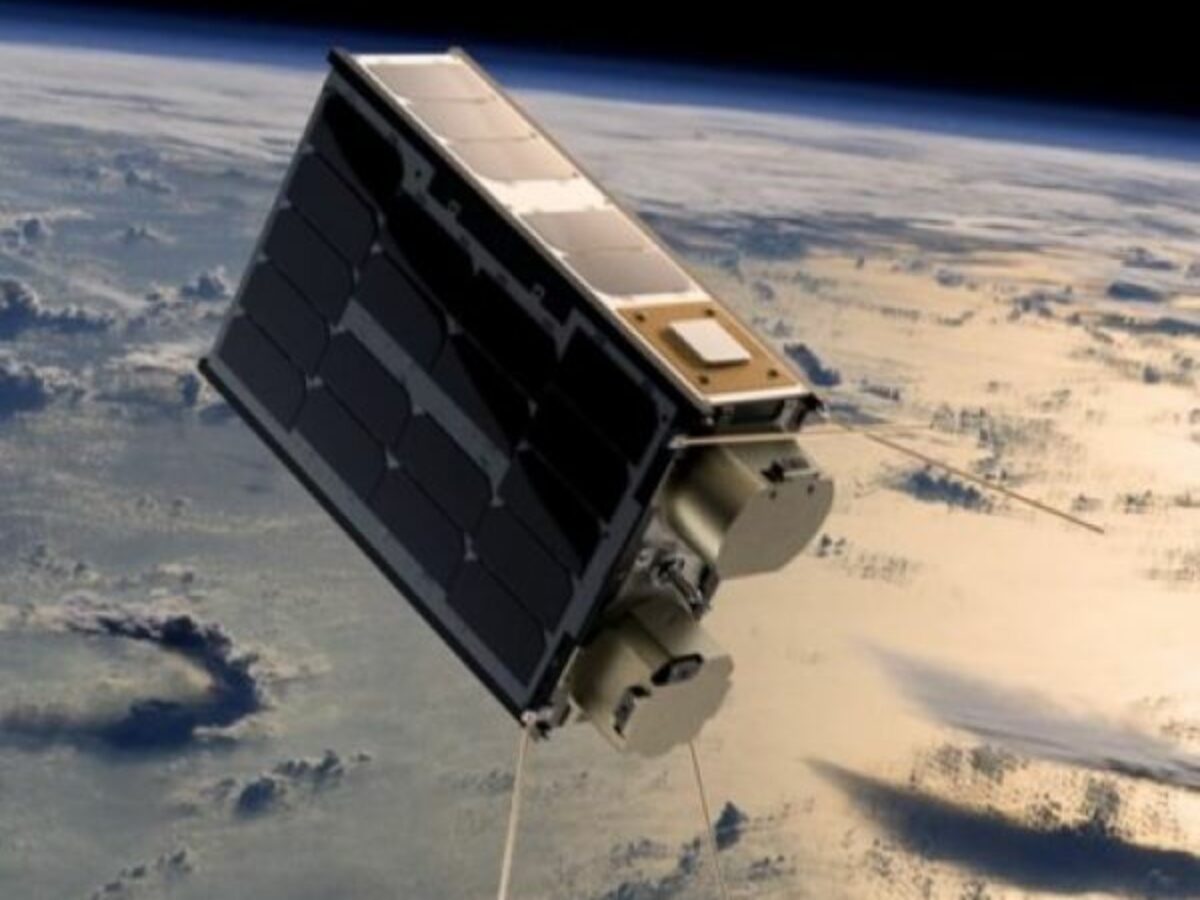Cubesat to test Spiral Blue, AICRAFT technologies in space

Waratah Seed, Australia’s first ride-share satellite mission will fly an Australian-built 6U CubeSat into Low Earth Orbit (LEO) aboard a SpaceX Falcon 9 launcher in October, 2023.
SmartSat Cooperative Research Centre (CRC) is committing $1 million to support the development of new space technology that will be tested in space as payloads on the Waratah Seed WS-1 (Waratah Seed) spacecraft.
Waratah Seed is an Australian-built 6U-sized satellite, partly funded by NSW Government and developed by the ARC Training Centre for CubeSats, UAVs, and their Applications (CUAVA), based at the University of Sydney (USYD).
Partners supporting the mission include Saber Astronautics, Macquarie University, the Delta-V Space Hub, ACSER at University of NSW, University of Technology Sydney (UTS), and USYD.
Its mission is to deliver spaceflight opportunities in Low Earth Orbit (LEO) for novel commercial and R&D payloads to test and prove their function and capability in space.
One of two SmartSat NSW Node funded projects is a heat management solution for onboard ‘space edge’ computer chips.
Developed by space startup companies Mawson Rovers and Spiral Blue along with the UTS, the technology will demonstrate a novel heat management solution as a vital enabler of space edge computing systems.
CEO and co-founder of Spiral Blue Taofiq Huq said to realise advanced LEO satellite services, increased on-board computational resources are needed.
Huq said: “But these loads will generate heat that must be managed at a CPU chip level to maximise the number of images we can classify and the answers we can provide from data on-board our customers’ spacecraft.
“Given the wide-ranging relevance of this issue for future Australian small satellites, demonstrating a solution is of significant potential technical and commercial value.”
The second supported payload is an on-orbit demonstration of the capabilities of AICRAFT’s space edge computing module, Pulsar-2, which was selected for sponsorship by the Aurora Space Startups Cluster.
The locally-developed Pulsar-2 space edge computer module claims superior power efficiency compared to existing competing models, allowing an in-space edge application to run continuously for a complete orbital path or around 90 minutes instead of the more typical 10 minutes.
CEO and co-founder of AICRAFT Dr Tony Scoleri said that the company’s objectives were to make the device more reliable and commercially viable for all CubeSat makers by engineering an improved solution that reduces manufacturing costs.
Dr Scoleri said: “Currently, the operational duration of existing AI products strongly limits customers’ desired usage.
“We wish to remedy this with Pulsar-2, which can execute with 50% less power for four times the amount of computation at its entry level. This mission will be a major milestone for developing our breakthrough technology.”
This project represents a significant space manufacturing opportunity for both NSW and South Australia, with the SA-designed Pulsar-2 module currently being assembled and tested at GPC Electronics’ advanced manufacturing facilities in Western Sydney.
CEO of SmartSat CRC Andy Koronios said Waratah Seed is an historic step for NSW’s space industry.
Koronios said: “SmartSat welcomes NSW’s commitment to Waratah Seed, and we are excited to be a part of such a momentous project. We enjoy a strong relationship with Investment NSW and support the growth of the NSW space ecosystem to deliver cutting-edge projects critical to the nation’s space priorities.
“These two projects are extremely significant for furthering space technology and developing the space sector in NSW and Australia.”
Further reading:
SPIRAL BLUE EDGE COMPUTER GOES TO WORK IN SPACE
AICRAFT LAUNCHES PULSAR EDGE COMPUTER INTO SPACE
CELEBRATING AUSTRALIAN MADE – GPC ELECTRONICS
Picture: ARC TRAINING CENTRE FOR CUBESATS, UAVS & THEIR APPLICATIONS
Topics Manufacturing News Technology
@aumanufacturing Sections
Analysis and Commentary Awards Defence Manufacturing News Podcast Technology Videos






